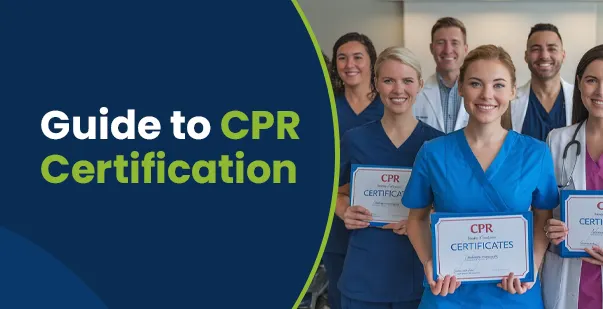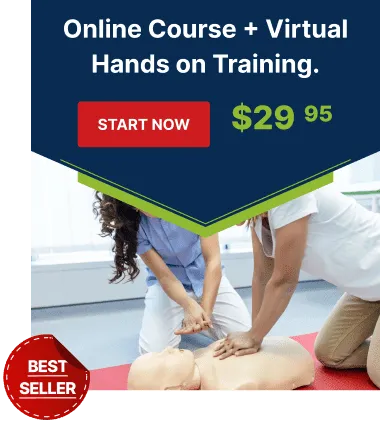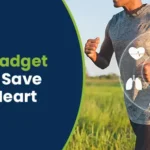Table of Contents:
- Introduction
- What is Cardiopulmonary Resuscitation(CPR)?
- Step-by-Step Process to Get CPR Certified
- Why Non-Medical Professionals Should Learn CPR
- Types of CPR Courses for Non-Medical Professionals
- Conclusion
A staggering 350,000 sudden cardiac arrests occur outside of hospitals across the U.S. every year. Quick action through CPR can double or even triple a victim’s chances of survival! Yet, many people in schools, workplaces, and homes are unprepared. This is where CPR certification for non-medical professionals comes in. With CPR training, you are the difference between life and death if you can act quickly in an emergency. This blog will guide non-medical professionals about the training and how to obtain the CPR certification, saving potentially precious life-giving time.
Master ACLS Now
Get ACLS certified with confidence
What is Cardiopulmonary Resuscitation(CPR)?
CPR, or Cardiopulmonary Resuscitation, directs the medical emergency procedure where a person’s heartbeat and breathing have stopped. It helps to maintain the blood flow and oxygen supplies going to body organs until skilled help arrives during an emergency. CPR includes chest compressions, rescue breathing, and using an AED if present. These are the steps for providing and performing effective and safe CPR:
- Response Check: Thump the individual softly and shout to elicit a response.
- Dial 911: If the person shows no response, call 911 for emergency medical assistance.
- Compressions on the Chest: Place the heel of one hand in the center of the breastbone and apply pressure with the other hand. Push down to at least 2 inches. Do 30 chest compressions, starting with one and counting down to 30, then off. Successful compressions are between 100– 200 to optimize resuscitation during cardiac arrest.
- Rescue Breathing (if trained): For every 30 compressions, give two breaths.
- Using an AED if available: Follow the instructions of the AED (Automated External Defibrillator) to restart the heart.
Step-by-Step Process to Get CPR Certified
Becoming CPR certified is one of the simplest yet most important things you could do to be prepared for any emergency. Therefore, the main steps involved will help you in selecting a course for the certification, which will fully prepare you for action in emergencies:
Step 1. Determine the Right Course
You should first establish the right course based on your role. As a parent, teacher, or healthcare professional, you can narrow down to select the most relevant training. Now, consider what kind of certification you require, Adult CPR, Child CPR, or First Aid. Different courses suit different audiences and situations to equip you for real-life emergencies.
Step 2. Find Accredited Courses
Accreditation ensures that CPR training meets the standards of trusted organizations. Preferred courses come from recognized institutions like the National Institutes of Health (NIH), which offers CPR and first aid programs. For workplace safety, the Occupational Safety and Health Administration (OSHA) requires CPR programs to meet their standards. Advanced Cardiac Life Support (ACLS) certification is highly respected for its focus on advanced CPR techniques for handling cardiac and respiratory emergencies.
Step 3. Sign up for a Course
The other important decision when choosing a CPR certification course is whether to take it online or in person. Online courses are convenient and flexible and in-person classes develop practical skills and hands-on experience. You can check the availability of courses from organizations like the National Institute of Health or Advanced Cardiac Life Support. Many local clinics, hospitals, and educational institutions also offer CPR certification programs, so you can easily find quality training.
Step 4. Complete Training and Pass the Exam
Courses in CPR certification aim at theoretical knowledge with skills training. The teaching encompasses giving CPR to adults, children, and infants. The qualifications also cover the usage of Automated External Defibrillators (AEDs) and first aid procedures for common emergencies. All these courses require passing a written examination besides a practical assessment test to prove competency before getting certified.
By following these steps and resources, you are guaranteed to gain CPR certification and be prepared and equipped to respond to an emergency.
Read more: Step-by-Step Guide to CPR: Adult and Child Techniques
Step 5. Costs of CPR Certification
CPR certification is available in various formats depending on trainee needs and skill levels. Fees may vary from $14 to $100. We will discuss some of the variations of CPR courses and their fees, as the cost of CPR training is an important consideration if you wish to take it yourself.
| Sr.No. | Program | Costs |
| 1. | General CPR | $20-$55 |
| 2. | Pediatric CPR | $25 and $40 |
| 3. | CPR and First Aid Training | $40 and $60 |
| 4. | Group CPR Training | $35 to $45 |
Read more: Our Pricing
Why Non-Medical Professionals Should Learn CPR
CPR learning for non-medical professionals is important because it enables you to act quickly and possibly save people in emergencies. Here are a few reasons why it is important:
- Cardiac arrest is an influential major global killer that strikes without warning, irrespective of age. With more people trained in basic life support and first aid skills, quick steps can be taken to save a life. Moreover, CPR increases survival chances, possibly tripling the victim’s odds.
- Many workplaces require CPR certification, especially in teaching, childcare, and athletic training.
- Children, infants, and the elderly are more susceptible to emergencies that may need CPR.
- Learning CPR instills empathy and responsibility, enabling you to help in emergencies.
Learning CPR allows non-medical professionals to prepare themselves to save lives and take charge of their duties during emergencies.
Types of CPR Courses for Non-Medical Professionals
CPR training is not only for healthcare providers. Many courses are designed for non-medical professionals who want to be prepared for emergencies. Whether you are a parent, teacher, or caregiver, various certification options suit your needs, ensuring you have the skills to respond effectively.
Basic Life Support CPR Course
The comprehensive CPR certification course is intended for healthcare providers but is appropriate for non-medical professionals who want more in-depth CPR knowledge. The course includes high-quality chest compressions, rescue breathing, and AED use for adults, children, and infants, lasting 4-6 hours.
The Heartsaver CPR
The Heartsaver CPR course is designed for non-medical individuals, including parents and teachers where basic CPR and first aid skills are trained in a 2-4 hour session.
Infant/Child CPR
Infant/Child CPR prepares participants to perform CPR techniques for young children and infants. This makes it an ideal course for participants, especially parents and caregivers. Such courses can be offered as single certifications or as modules of wider CPR courses.
Workplace CPR Certification
Tailored for employees in high-risk environments such as schools, gyms, or childcare centers, these courses meet specific workplace safety standards and can include additional first aid training.
A plethoraPlethora of courses is available depending on diverse training needs, situations, and desired training levels. From comprehensive BLS certifications to more specialized ones, there are tailored course options to ensure you are equipped to save lives.
Save Lives, Get CPR Certified Today!
CPR Certification for Nnon-Mmedical Pprofessionals offers the ability to save lives, boost confidence, and make a difference in your community. Knowing CPR is useful at home, work, or public places, preparing you to act when it matters most. Getting CPR certified is not just a skill but a prime credential to build a safer environment. Sign up for a CPR certification course today and equip yourself with this vital skill and life-saving tool. Enroll today and bring hope in emergency moments.
References:







